Chmod Numbers To Letters
Before you see the chmod examples, I would strongly advise you to learn the basics of file permissions in Linux.
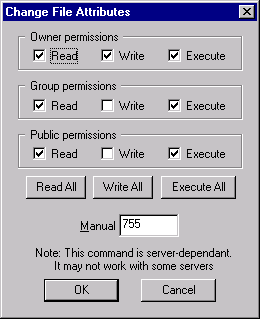
Chmod numbers to letters. It’s a frequently used command, so it’s important that any system admin knows how to use it. There are two ways to modify permissions, with numbers or with letters. Convert letters to 1 and dashes to 0:.
The chmod command allows changing of permissions using the letters u, g, and o (user, group, and others) and r, w, and x (read, write, and execute). Each digit is a combination of the numbers 4, 2, 1, and 0:. We will start with the easier way by using numbers to set permissions.
Chmod +x filename.sh to make filename.sh executable. A number from 0 to 7.An absolute mode is constructed from the OR of any of the following modes:. -name "*.sh" -exec chmod +x {} + Snip from find docs on Arch (emphasis added by me):-exec command {} + This variant of the -exec action runs the specified command on the selected files, but the command line is built.
The command to use when modifying permissions is chmod. Using letters is easier to understand for most people. The syntax is as follows:.
How to map chmod access permissions to an integer. The leftmost digit represents the permissions for the owner. The optional leading digit, when 4 digits are given, specifies the special setuid, setgid, and sticky flags.
777 or -rwxrwxrwx - for files that are written to by all. The chmod system call cannot change their permissions. Txt rw—r rw—r rw—r r r r r preuss@msctclinux:.
S (setuid/setgid) and t. Ignore the dash at the very beginning that tells you whether it’s a file or directory. Learn how chmod command is used to manage Linux permission levels (user, group and other) and types (read, write and execute) step by step with practical examples.
The exact command is. The first triplet is for the first octal number. The chmod numbers are octal.
You can use the chmod command to set permissions in either of two modes:. The chmod command in Linux/Unix is abbreviated as CHange MODe. Where nnn is the 3-digit number representing the permissions, and filename is the file you want to change.
That’s why a unix admins will say stuff like mode 755 and the bits magically. How to revert a “sudo chmod 644 .*”?. ServerMania offers a variety of Hybrid, Cloud, and Dedicated Linux servers which all make use of the chmod command.
Chmod by Letters Vs Numbers. Mode can be specified with octal numbers or with letters. 777) or symbolic notation (e.g.
=> 111 101 101. It may be used to add or remove permissions symbolically. With the chmod command, there are two different notations that you can utilize to specify the permissions that you want to set.
To view these online, enter. This tutorial explains chmod command symbolic notation (r, w, x, a) and octal notation (0, 1, 2, 4) in detail with chmod command arguments and options. Type chmod permissions file to change permissions of a file or directory.
Chmod u=rwx,g=rwx,o=rwx chmod u=rwx,g=rx,o=rx chmod u=rw,g=r,o=r When two fields are the same, you can combine them. To set permissions with numbers, use the following syntax:. Using letters is easier to understand for most people.
For example, Read + Write + Execute permission for Owner, and Read permission for Group and Other, would be Chmod 744. Here the digits 7, 5, and 4 each individually represent the permissions for the user, group, and others, in that order. 755 or -rwxr-xr-x - directories are usually given this value.
Enable mandatory locking if # is 6, 4, 2, or 0. Some files are configured to have very restrictive permissions to prevent unauthorized access. The three rightmost digits define permissions for the file user, the group, and others.
Typical Chmod Permissions Values 644 or -rw-r--r-- web pages and images viewed by surfers.666 or -rw-rw-rw- - log files or pages to which are written.755 or -rwxr-xr-x - perl scripts to make them executable. We will explain the modes in more detail later in this article. The chmod command is used to alter the permissions of a file.
Mi s sing operand after a+r' Try chmod ——help' for more information. A(all (everyone)), u(user),g(group) and o(other). You can either use numeric (Number based) or symbolic (Letter based) notation to define your permissions with this command.
For example, to set the sticky bit, prefix a 1 to the number sequence:. Umask is a 3 digit octal number. When modifying permissions be careful not to create security problems.
The letters for user, group, and other are u, g, and o respectively. You can usechmod letterwhere the letters are:. Chmod never changes the permissions of symbolic links;.
0 stands for "no permission.". 777 True or false:. Chmod - letters to numbers.
You can change permissions with the chmod command by using letters or numbers. You've already come quite a distance in learning about your Red Hat Linux system -- from navigation to setting and changing permissions. Chmod +x filename.sh to make filename.sh executable.
With modern versions of find, you get the benefits of an xargs approach that avoids multiple calls to the command (chmod).The command is only slightly different. Convert from binary to octal:. Set group ID on execution if # is 7, 5, 3, or 1.
Chmod -R o-r *.page Numerical Shorthand. For example, for Read and Write permissions, you Chmod 6, since Read (4) + Write (2) = 6. Rwxrwxrwx) to see its value in other formats.
Under each letter, write a digit 1;. Chmod ugo+rwx or chmod u-rw or chmod u=rwx,g=rwx,o=rwx or a=rwx (a means all) chmod -R ugo-rwx * (revokes all permissions for the current directory aswell as its sub directories), chmod ugo= * (revokes all permissions for all files in the current directory, but not the current directory its sub directories). The other way to assign permissions with chmod uses octal numbers, and it’s the approach you’ll come across most frequently in documentation.
Another way to use chmod is to provide the permissions you wish to give to the owner, group, and others as a three-digit number. For more information, including octal specification of permissions, refer to the Unix User's Manual pages for chmod(1) and ls(1). For directories, files are created with BSD semantics for propagation of the group ID.
Drwxr-xr-x 6 archie users 4096 Jul 6 17:32 Documents In the next example, you want to grant read and execute permissions to the group, and other users, so you put the letters for the permissions ( r and x ) after the = , with no spaces. The last chmod would be the same as:. The letter or letters representing the owner (u), group (g), other (o) or all (a) followed by a + for adding permissions or a – for taking away permissions and then the letter for the permission (r for read, w for write and x for execute).In the above example, I added the execute permission for all users.
CHMOD(1) User Commands CHMOD(1) NAME top chmod - change file mode bits. You must be superuser or the owner of a file or directory to change its permissions. Use the chmod command to protect access to your files and directories in Linux.
What is chmod, how is it used, and what things to avoid. If you fully understand the above you can now move onto the chmod command. How to use Check the desired boxes or directly enter a valid numeric value (e.g.
Will set the file named example in the current directory to read write and execute for everyone. Chmod u=rw,go=r And you can use a (all) to assign to u,g and o at once, so the first is equivalent to:. The command chmod changes the file mode bits of each given file according to mode, which can be either a symbolic representation of changes to make, or an octal number representing the bit pattern for the new mode bits.
The symbolic notation consists of three components:. This manual page documents the GNU version of chmod. If i am on Desktop i can run it as follows:./helloworld.
The letter a is used to mean all three of these categories. Where perms is either zero or more letters from the set rwxXst, or a single letter from the set ugo. For example, to turn off others’ write permission you can issue the command:.
You can use the number notation described above, or you can use an easier-to-remember letter-based system. How to chmod only on subdirectories?. The chmod command allows you to change the permissions on a file using either a symbolic or numeric mode or a reference file.
The chmod symbolic notation is more fine-grained compared to the octal notation, allowing the modification of specific mode bits while leaving other mode bits untouched. In this article, we’re going to cover;. The chmod command enables you to change the permissions on a file.
This gives you three binary numbers. Chmod command is useful to change permission for Files and folders in Linux/Unix. The letter version adds or subtracts permissions as opposed to setting absolute values, for example:.
These are read write but not execute if i try to "run" this script i get permission denied. Mode can be specified with octal numbers or with letters. Under each dash write a digit zero.
When chmod is applied to a directory:. Hi, I'm about to install a perl script and it says to CHMOD "a+rx" but my FTP doesn't go by CHMOD letters, but rather numbers. Txt permission to t emp 1 preuss users 1 preuss users 1 preuss users 1 preuss users chmod a+r perml We are giving read Owner.
Will set all the files with the extension cgi in the current directory to read write and execute. The references consists of a combination of the letters ugoa, which specify which user's access to the file will be modified:. Chmod SYMBOLIC-MODE FILENAME where SYMBOLIC-MODE is the symbolic representation of permissions (which we describe below) that you wish to apply to FILENAME.
N/ temp t al. 777 or -rwxrwxrwx - directories that have files created inside them. File/Directory permission is either Read or Write or executable for either user or group or others.
File according to mode, which can be either a symbolic representation of changes to make, or an octal number representing the bit pattern for the new mode bits. Adding the numbers in each section results in permissions of 664. So the letters have to be grouped that way.
When a new directory is created, its permissions is always subtracted from the number _____ (rwxrwxrwx). $ chmod g=rx Documents $ chmod o=rx Documents After:. Hot Network Questions Using gustar in future tense.
Chmod changes the permissions of each given file according to mode, where mode describes the permissions to modify. The command can accept one or more files and/or directories separated by space as arguments. Chmod changes the permissions of each given file according to mode, where mode describes the permissions to modify.
You add together the numbers for the permissions you want. Chmod changes the file mode bits of each given file according to mode, which can be either a symbolic representation of changes to make, or an octal number representing the bit pattern for the new. Chmod a+rx = what number?.
Set user ID on execution. Symbolic permission assignment is a newcomer on the scene, while using octal numbers has always worked with chmod. Chmod changes the permissions of each given file according to mode, where mode describes the permissions to modify.
4 stands for "read", 2 stands for "write", 1 stands for "execute", and. There’s a good reason though:. Chmod references operator modes file.
Stay you want rwxr-xr-x. The following uses the letters from above to change the permissions of participants so that. Absolute Mode – Use numbers to represent file permissions (the method most commonly used to set permissions).
This is done with the chmod command. The middle triplet is for the middle octal number. You would need to do that for each group.
And warlc 0 10 01- 25 19:29 perm4.txt chmod a+r perm3. The only account that has access to the command chmod is the root account. The user who owns it ( u ), other users in the file's group ( g ), other users not in the file's group.
In this article, I’ll share with you some of the practical examples of chmod command. Chmod changes the file mode bits of each given file according to mode, which can be either a symbolic representation of changes to make, or an octal number representing the bit pattern for the new mode bits. Since we're going from base 2 to base 2^3, we can do the conversation in chunks of three:.
This type of restriction is useful for effective file/folder management, securing system and providing a level …. //note captial letter and type ls -l i get :-rw-r--r-- 1 andrew users 30 Jan 18 13:50 helloworld it shows because i'm logged into my linux as "user" and i created a file i have default permissions;. Chmod a=rwx Now, there are a few special permission bits:.
Using chmod command will. Using letters is easier to understand for most people. I’ll also explain some the popular terms like chmod 777 or chmod 755 or chmod -r.
For example, to add execute permissions for the owner of a file you would run:. To set additional file system modes for files and directories. Man chmod man ls A variable called `umask' is used as a permission mask for all newly created files and directories.
How to exclude hidden files in recursive chmod?. The last triplet is for the last octal number. - rwx r-x r-- info.sh 111 101 100 Now convert each set of three digits to a single digit using this table:.
Chmod Calculator Chmod Calculator is a free utility to calculate the numeric (octal) or symbolic value for a set of file or folder permissions in Linux servers. Chmod OPTION… OCTAL-MODE FILE… chmod OPTION… –reference=RFILE FILE… DESCRIPTION.
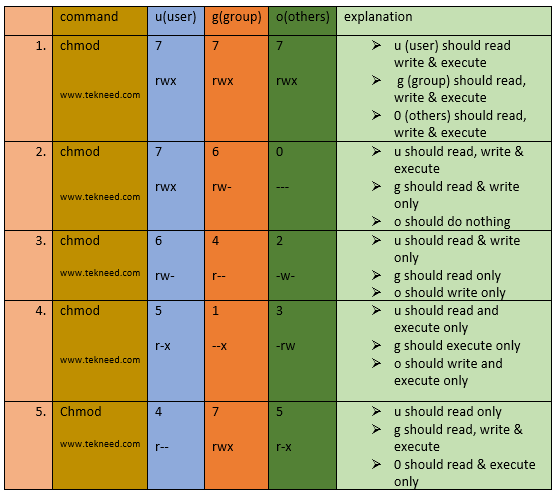
How To Set And Manage File Permission In Linux Part 1

How To Manage Permissions In Linux Guide For Beginners
Q Tbn 3aand9gcs Trmaopb41lzfo2wl Mi6olorurkywaddbudhnw Ne1mor3ct Usqp Cau
Chmod Numbers To Letters のギャラリー

Ectzbrjpkaoq7m
Q Tbn 3aand9gcq6mtqrr2tbkvj8mt7j61itbsugnnfl3ltc9cdgqfgdswx0kkor Usqp Cau

Ownership And Permissions
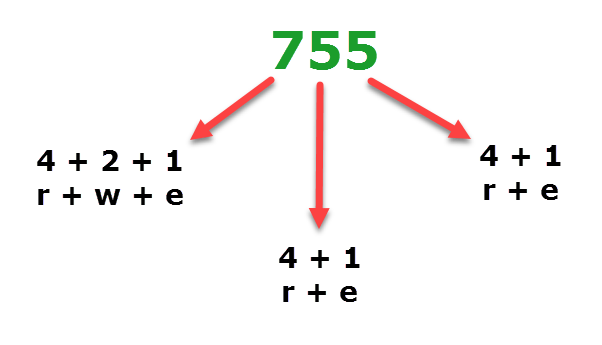
Understanding Linux Permissions And Chmod Usage

Ownership And Permissions

Linux Chmod Command Scripting Heart
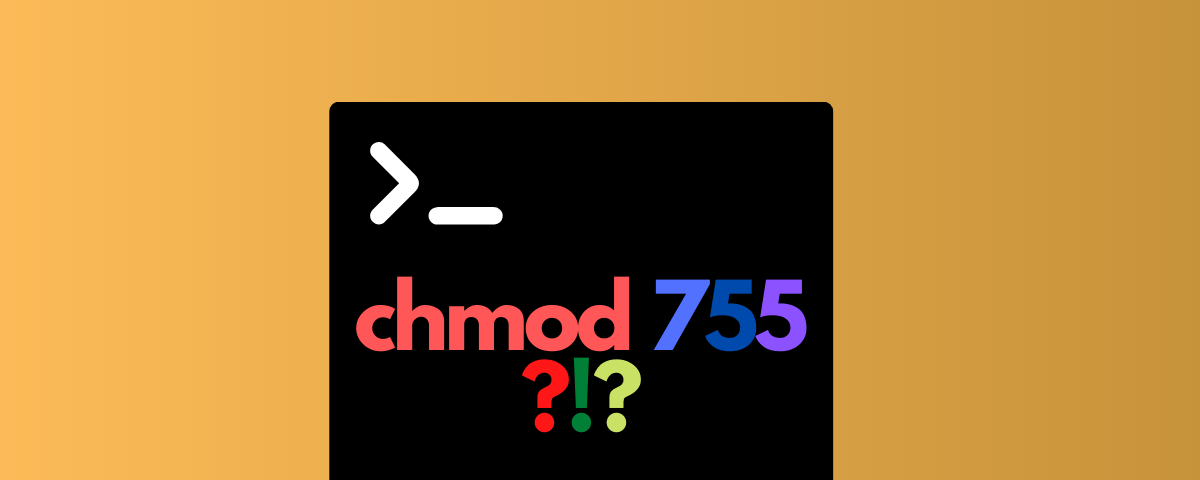
Chmod 755 Command What Does It Do By Claudio Sabato Medium

File Permissions 持之以恒

Unix Tutorial Five
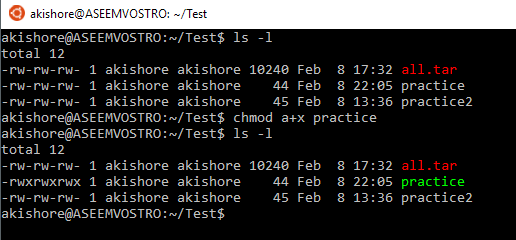
Understanding Linux Permissions And Chmod Usage

Chmod And Chown Must Know Linux Commands

Linux Users And Groups Linode
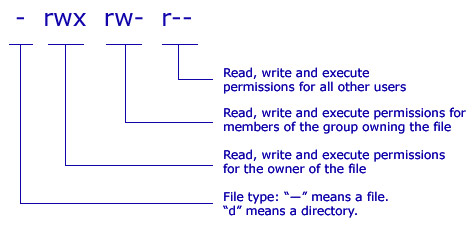
Unix Linux Os X File Permissions

Linux Permissions An Introduction To Chmod Enable Sysadmin

Changing File Permissions Wordpress Org

Wordpress File Permissions A Guide To Securing Your Website

Linux Permissions Understanding And Managing The Structure
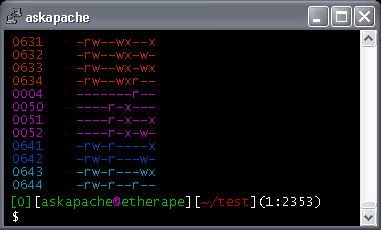
Chmod Umask Stat Fileperms And File Permissions

Command Line Understanding Chmod Symbolic Notation And Use Of Octal Ask Ubuntu

How To Use Chmod Command In Linux Explained With Examples

Ownership And Permissions

How To Set File And Directory Permissions Using Chmod
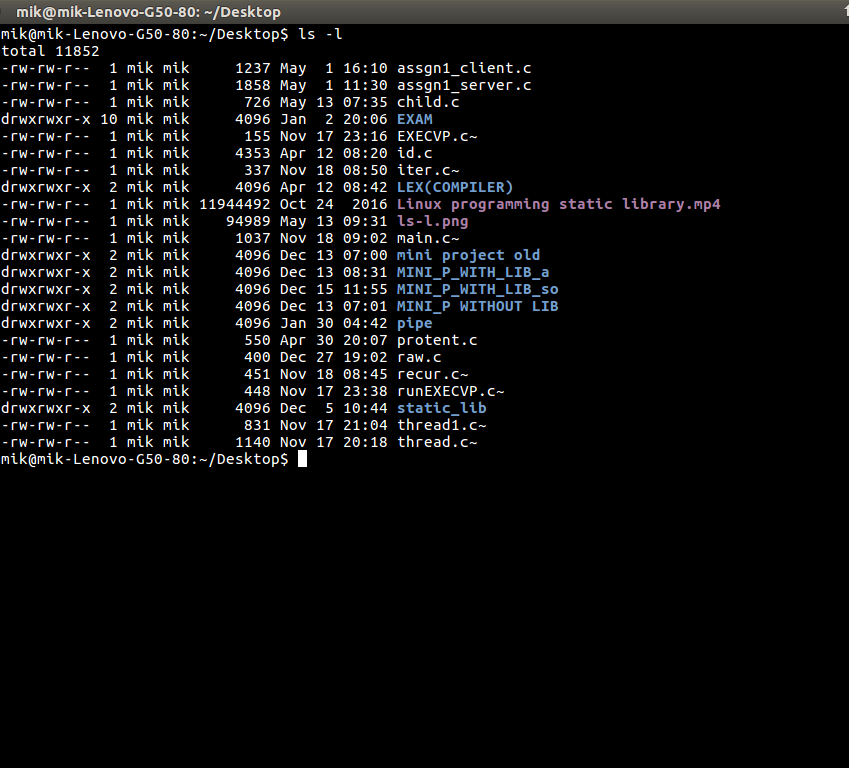
Chmod Command In Linux With Examples Geeksforgeeks
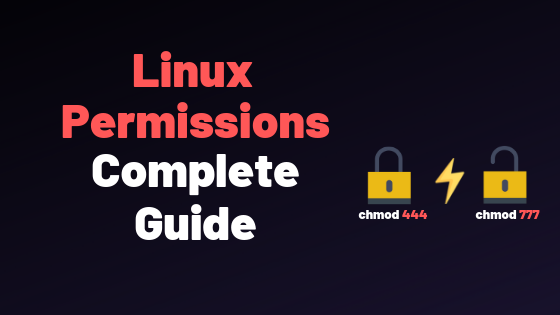
Linux File Permissions Complete Guide Devconnected

Wildcards Understanding And Using For Hacking Hackingpassion Com Root Hackingpassion Com
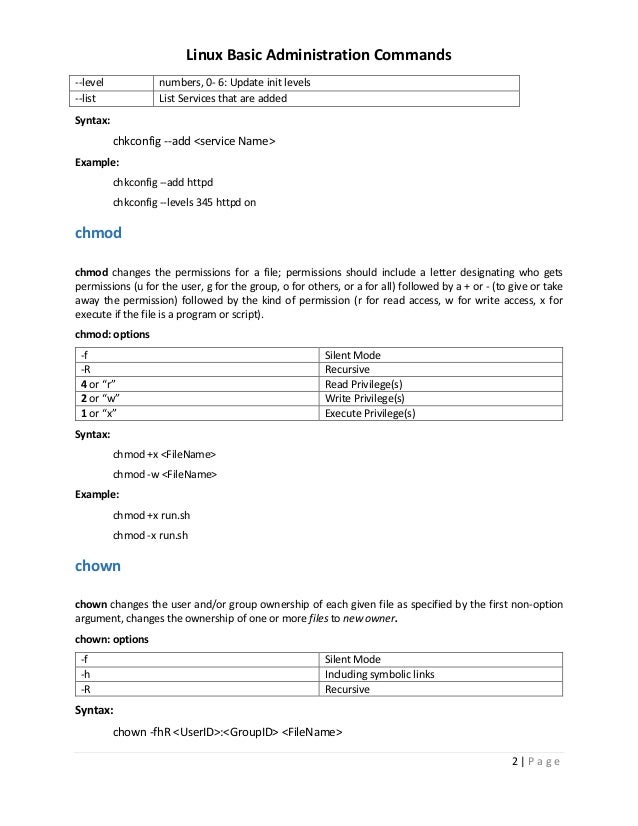
Assign Read Write Access To A User On Specific Directory In Linux

Ownership And Permissions

How To Manage Permissions In Linux Guide For Beginners

How To Use The Chmod Command On Linux

How To Manage Permissions In Linux Guide For Beginners

How To Change Permissions Chmod Of A File Hostgator Support
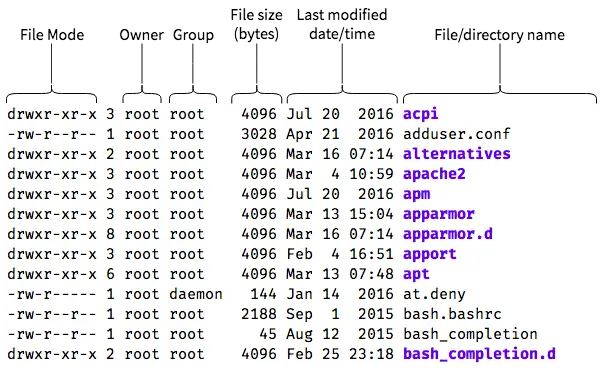
An Introduction To Linux File Permissions Boolean World
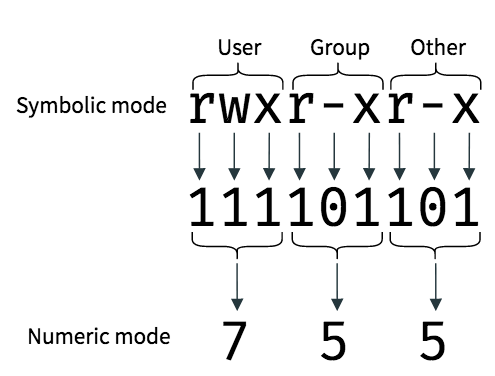
An Introduction To Linux File Permissions Boolean World

Linux Unix Permissions And Attributes Linuxsecrets

Understanding Unix Permissions And File Types Unix Linux Stack Exchange

Ownership And Permissions

Linux File Permission Javatpoint

Ownership And Permissions

Command Line Understanding Chmod Symbolic Notation And Use Of Octal Ask Ubuntu

Understanding File Permissions

Lesson 9 Setting And Using Permissions Overview Describing File Permissions Using Execute Permissions With A File Changing File Permissions Using Mnemonics Ppt Download

Working With File Permissions On Your Raspberry Pi Dummies

Change File Permissions Easily With Online Chmod Calculator By Chmodcalcu Issuu
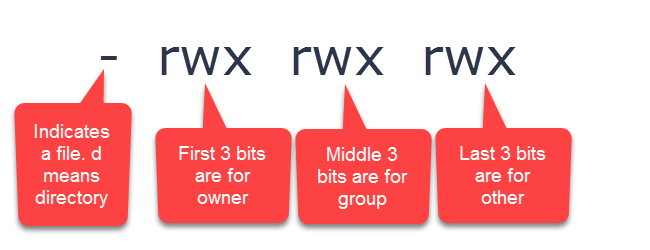
Understanding Linux Permissions And Chmod Usage

Common Bash Commands

Extropia Tutorials Introduction To Unix For Web Technicians The Chmod Utility

Suse Linux Enterprise Desktop Administration Chapter 9 Manage Users Groups And Permissions Ppt Download

Permissions In The Finder And Command Line The Eclectic Light Company

Modify File Permissions Linux

Chmod Calculator Chmod Generator Chmod Command

Linux 4 Permissions Youtube
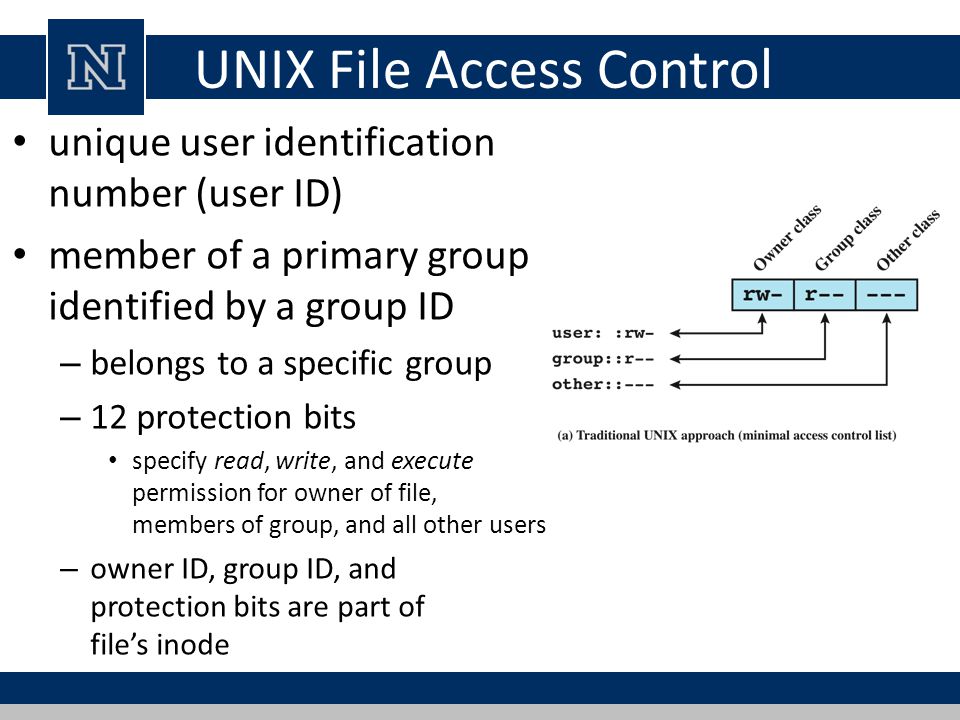
8 Linux Chmod Command Examples To Understand It The Linux Juggernaut

Linux File Permissions Tutorial For Beginners

How To Use Chmod And Chown Command In Linux

Chmod X Windows Nativeyellow
Ddg Gives You A Cheat Sheet For Any Chmod Configuration Good For Noobs Like Me Linux
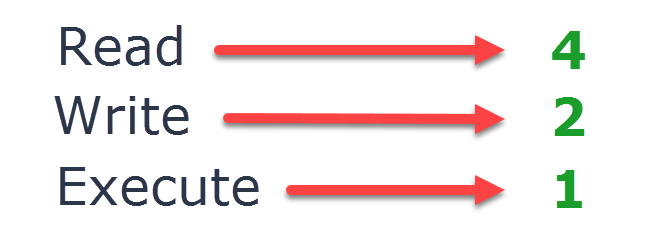
Understanding Linux Permissions And Chmod Usage

Class File Tree Structure Home Csc156 Yourusername Chegg Com

Linux File Permissions Complete Guide Devconnected

Modify File Permissions With Chmod Linode

Linux Users And Groups Linode
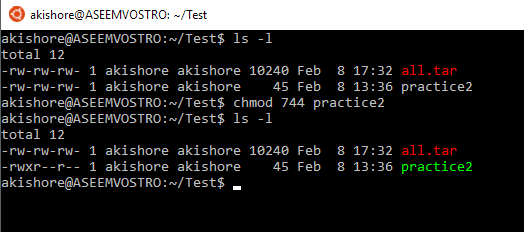
Understanding Linux Permissions And Chmod Usage
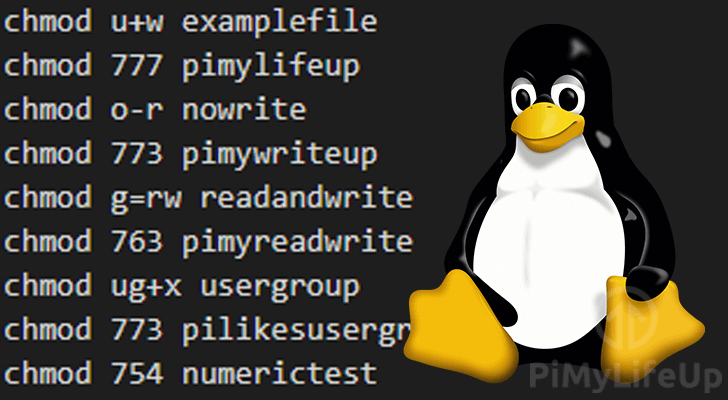
The Basics Of The Chmod Command Pi My Life Up
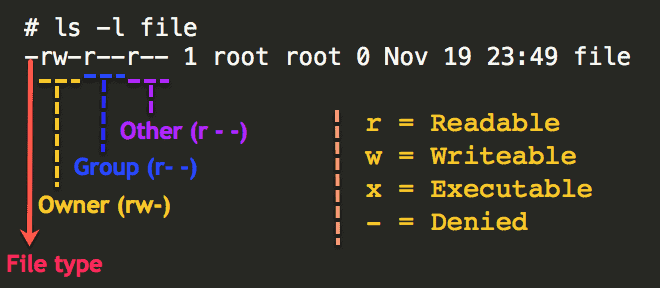
Understanding Basic File Permissions And Ownership In Linux The Geek Diary

How To Use Linux File Permissions And Ownership On Alibaba Cloud Ecs By Alibaba Cloud Medium
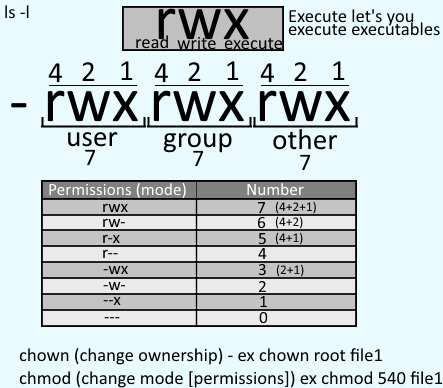
Freekb Linux Commands Chmod Change A File Or Directory Standard Permissions

Fun With Numbers In Chmod

Chmod Mvps Net Blog Mvps Net Tutorials

Understanding File Permissions In Unix Or Linux And Modify Using Chmod

Linux Command 9 Chown Chgrp Chmod Umask Linux From Beginning

Chmod Wikipedia
/GettyImages-1021092796-ea8c63ee76f84bd5bf98c4222337fbb4.jpg)
How To Use The Chmod Command In Linux

Understanding Linux Permissions And Chmod Usage

Linux File Permissions Tutorial How To View And Change Permission

Command Line Understanding Chmod Symbolic Notation And Use Of Octal Ask Ubuntu

11idjyjzmortrm
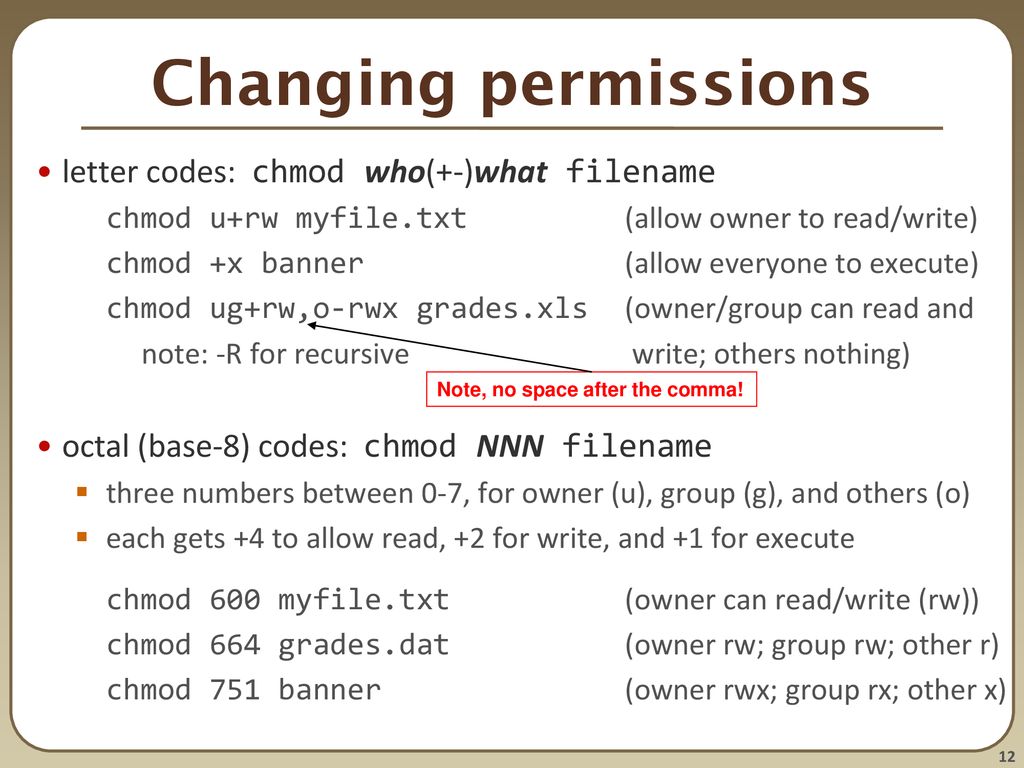
Persistent Shell Settings Users Groups Permissions Ppt Download

Decoded Chmod Coreutils Maizure S Projects

How To Use Chmod Command In Linux Explained With Examples

Protecting Your Account And Files

A Unix And Linux Permissions Primer Daniel Miessler
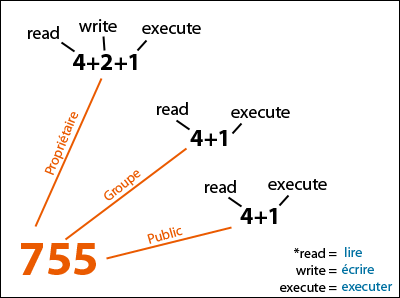
Linux And Unix Chmod Command Knowledge Hub

Ownerships And Permissions In Linux Fastcomet Tutorial

Everything About Chmod Command In Linux Hackerearth

How To Use The Chmod Command On Linux

Chmod 755 Command What Does It Do Codefather
Chmod Cheatsheet Linux
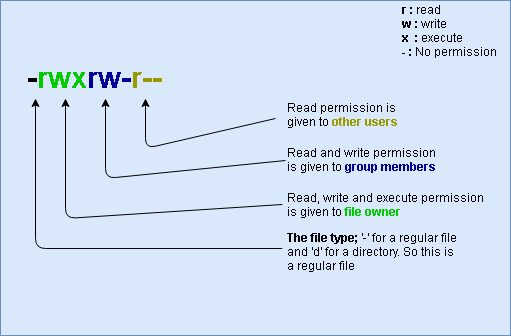
File Permissions Unix

Csc128 Permissions And Links Chmod And Ls
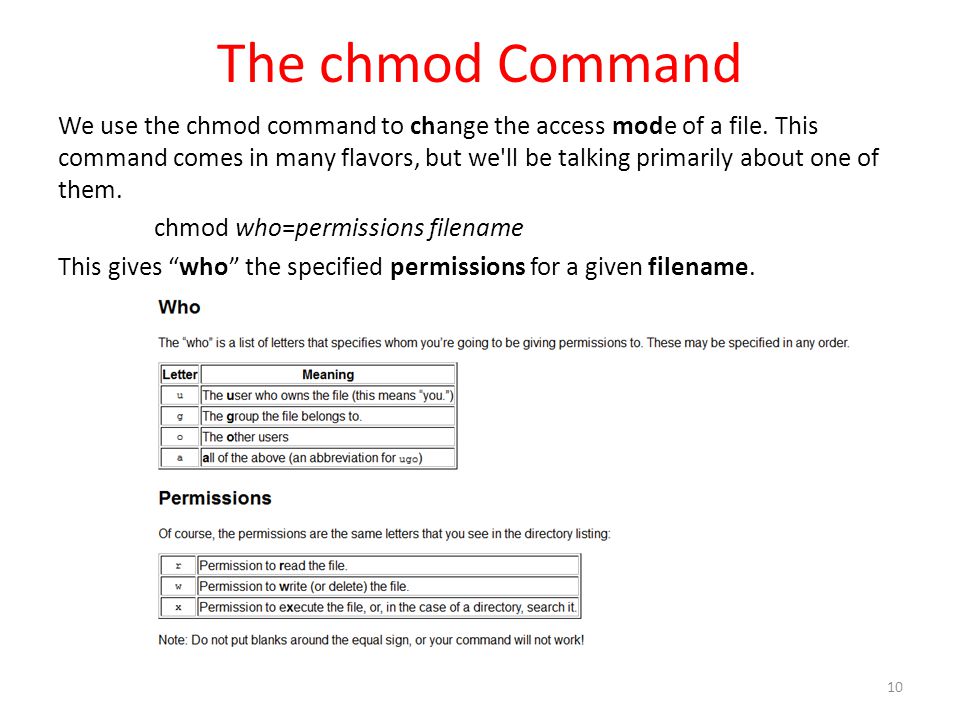
Workbook 4 File Ownerships And Permissions Ppt Video Online Download
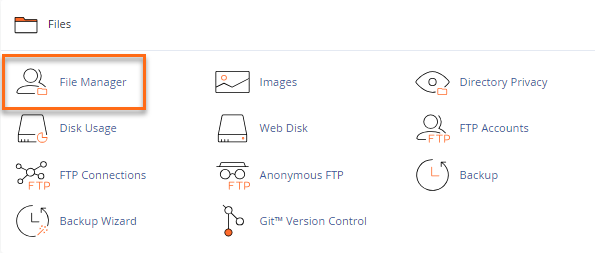
How To Change Permissions Chmod Of A File Hostgator Support

Linux Chmod Command Help And Examples
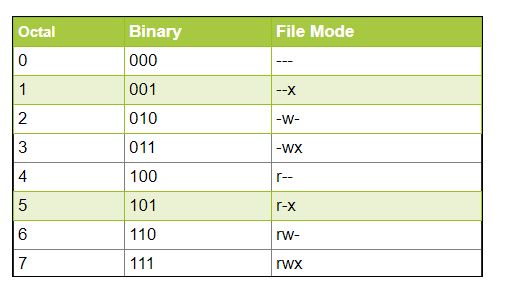
Permissions In Linux Geeksforgeeks

Chmod Numbers
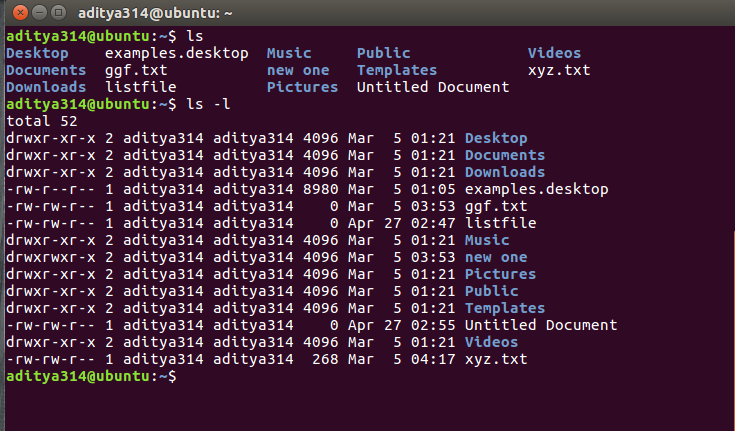
Permissions In Linux Geeksforgeeks
1
Q Tbn 3aand9gcq1nsq3kxri7ryrifobs2rfobawbv4hezfw9 Ldf4feblahyn09 Usqp Cau

Linux Chmod Calculator Chmodcalculator

File Permissions 持之以恒
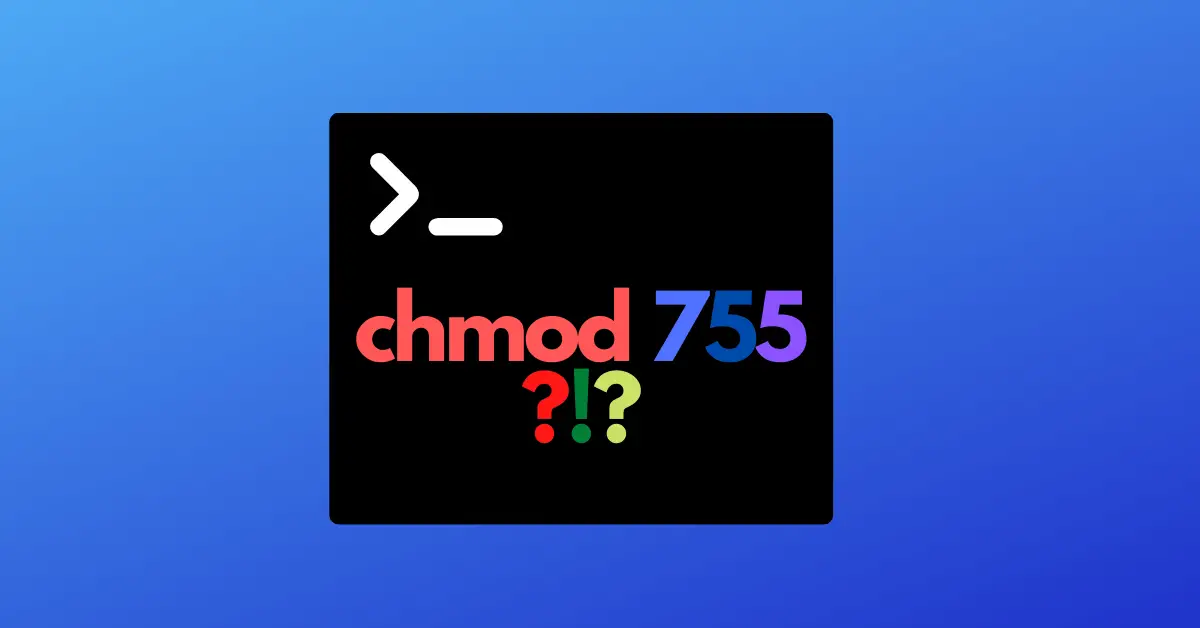
Chmod 755 Command What Does It Do Codefather

How To Use Chmod Command In Linux Explained With Examples



